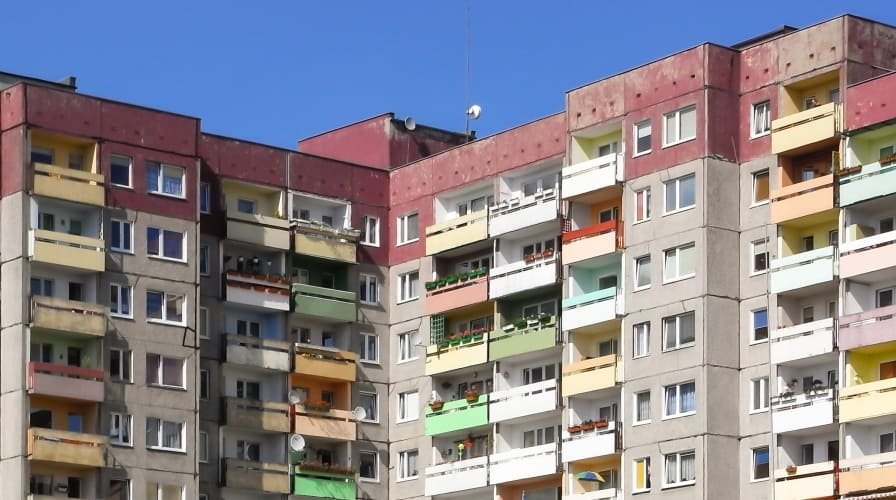Co-Creating Solutions with Citizens

Background
As in many countries, in Poland there is a certain level of confusion around the word ‘design’. It is commonly used in the sense of expensive, decorative products and the closest Polish equivalent means no more than just product or visual design. However, with the adoption of a broad definition of innovation in policies and operational programmes and a thriving network of regional design promotion centres, Poland is enthusiastically testing design approaches in many domains in the private and public sector.
Design for Europe has enriched the discussions on design by bringing European best practice in design-led innovation in various fields to Poland – from revitalising rundown city districts to business support and from building creative communities to policy-making
“Design for Europe has enriched
the discussions on
design by bringing European best
practice in design-led
innovation in various fields to
Poland – from
revitalising rundown city
districts to business support
and from building creative
communities to
policy-making.”
Eva Golebiowska, Director
Cieszyn Castle, Design for
Europe Ambassador, Poland
Through Design for Europe an
opportunity arose to use
design approaches to tackle a
complex social and
economic development issue in
the heart of Warsaw’s
deprived district, Praga.
“The most important challenge of
revitalising Praga is
engaging creative entrepreneurs
and local community in
building space for business
development. Participation
of the Praga inhabitants in
creating a collaborative
space in Praga for the City of
Warsaw is the crucial
issue. The fact is that the
local community of Praga
district is characterised by a
high, long-term
unemployment, and a large
percentage of residents are
beneficiaries of social
assistance. The regeneration of
Praga is one of the priorities
of the ‘Integrated
Revitalization Programme the
Capital City of Warsaw
2014-2022’.”
Małgorzata Dąbkowska, Chief
Advisor, City of Warsaw
How Design for Europe helped
An event organised in March
2016 in Praga, Design for
Public Good, brought
together the city
authorities,
local community,
representatives of creative
sectors
and the experts from
Lancaster University and
Birmingham City University
to work out a new approach
to revitalising the rundown
district. Praga used to be
well known for all the wrong
reasons –a
post-industrial district of
Warsaw and home to many
receiving social welfare. As
such, Praga has been the
focus of a large scale urban
regeneration project as a
priority for Warsaw City
Council.
“Although Praga has started
attracting artists,
designers and music venues,
the current regeneration
process must ensure that it
is not only the facades of
the buildings that are
renovated but that the whole
social fabric is also
strengthened. Design,
therefore,
is an opportunity to
creatively involve the local
community in redesigning the
district where they live.
It is not about
revitalisation for citizens
but with
citizens.”
Weronika Rochacka Gagliardi,
Design Strategist,
ThinkDO Studio, Design for
Europe Ambassador, Poland
Design for Public Good
enabled a wide range of
stakeholders to
collaboratively identify
challenges
and opportunities for
innovating public spaces in
Praga. The design approaches
constituted a different
view on public consultation
than had previously been
conducted by Warsaw City
Council.
Outcomes
By actively engaging local communities and creative professionals in the Praga District, the City of Warsaw is now seeking to put into practice the recommendations that were developed during the event. This is be one of a growing number of initiatives across Poland with civil servants and local authorities working together with citizens to implement change.
We will be following up on a number of the proposals from the Design for Europe workshop including using the ‘Centre of Creativity Nowa Praga’ as a community of practice based model for multidisciplinary working
Design can play a role at
every stage of the policy
cycle - from understanding
user needs and defining the
root cause of the policy
challenge through to
iteration, implementation
and feedback. In case of the
project in Praga, design
approaches were used at the
outset of the policy process
and there are further
opportunities to work with
Design for Europe for
prototyping and evaluation
with citizens.
“We will be following up on a
number of the proposals
from the Design for Europe
workshop including using
the ‘Centre of Creativity
Nowa Praga’ as a community
of practice based model for
multidisciplinary working.
The space will be flexible
possibly with no ‘fixed’
facilities. The Function of
the building will be
complementary to the
activity, using the approach
to
co-design the space with its
users. It will be a
demand-led space connecting
technology, creativity and
the city.”
Małgorzata Dąbkowska, Chief
Advisor, City of Warsaw

